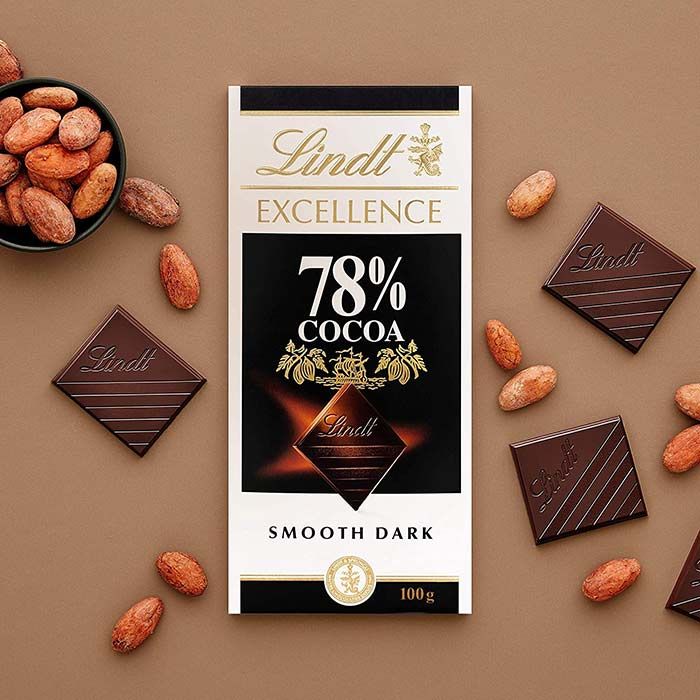It’s rare to find a food that is both universally loved and occasionally vindicated by science. But every now and then, chocolate earns a reprieve from the guilt-laden reputation it’s carried for decades.
A recent study published in Food Science & Nutrition has found that theobromine, a natural compound in cocoa, may give HDL, or ‘good’ cholesterol, a small boost. While the change isn’t significant enough to overhaul anyone’s heart health, it is another thread in the tapestry of evidence suggesting that dark chocolate can play a supportive role in a healthy diet.
Cocoa’s chemical complexity
Chocolate isn’t just a sweet indulgence. The darker varieties, particularly those made with high percentages of cocoa solids, are rich in polyphenols, potent antioxidants with known anti-inflammatory benefits. These compounds, especially flavanols, have been associated with improved blood pressure, reduced LDL (bad cholesterol), and improved blood sugar regulation.
Then there’s theobromine, often overshadowed by its stimulant cousin caffeine. Theobromine works differently, offering a gentler lift without the jitters. But what’s more interesting to researchers is how this compound may subtly affect lipid metabolism.
In the latest study from Kermanshah University of Medical Sciences in Iran, researchers explored whether theobromine might help raise HDL cholesterol, and if it could influence gene expression related to fat metabolism. Participants, all of whom had metabolic syndrome, were given either a daily 450 mg theobromine supplement or a placebo over 12 weeks, alongside a calorie-controlled diet.
What they found
The participants taking theobromine experienced a small rise in HDL cholesterol, about 0.34 mg/dL, while those on the placebo saw a slight drop. Notably, the increase was more significant in the HDL2 subtype, which is considered more protective of heart health than its smaller sibling HDL3.
The theobromine group also showed increased expression of the PPAR-alpha gene, which is involved in lipid metabolism and energy regulation. However, the study did not show a similar increase in the activity of the Sirt1 gene, another marker of metabolic health. Overall, while statistically significant, these shifts were modest , unlikely to produce a major clinical impact in isolation.
What does this mean for chocolate lovers?
So what does this mean for your weekly chocolate fix? It’s tempting to frame this research as permission to eat more chocolate, but nuance matters.
To match the theobromine dose used in the study, you’d need to consume around 2 to 3 ounces of dark chocolate per day. That’s roughly double what most people would consider a “treat” portion, and it comes with added sugars and calories that may undermine your health goals, especially if consumed mindlessly.
Moreover, while the HDL increase is encouraging, it’s too small to meaningfully reduce cardiovascular risk. The greatest value of dark chocolate likely lies in its broader polyphenol content, which supports blood vessel function, reduces oxidative stress and may aid in inflammation reduction, all meaningful contributors to long-term cardiovascular health.
How to enjoy it wisely
As a nutritionist, I encourage clients to include small amounts of high-quality dark chocolate, think 70% cocoa or higher, as part of a balanced eating pattern. It satisfies a sweet craving while offering micronutrient benefits including magnesium, iron and those all-important antioxidants.
However, context is everything. No one food will determine your health trajectory. What matters most is your overall diet, movement, stress management and sleep.
Dark chocolate can support heart health when paired with a Mediterranean-style diet rich in vegetables, whole grains, legumes, nuts, olive oil and oily fish. In that context, a square or two of chocolate is not just harmless , it can be a welcomed and sustainable pleasure.
Faye James is a Sydney-based accredited nutritionist and author of The 10:10 Diet, The Menopause Diet, The Long Life Plan and her latest book The Perimenopause Plan.
Read the full article here








